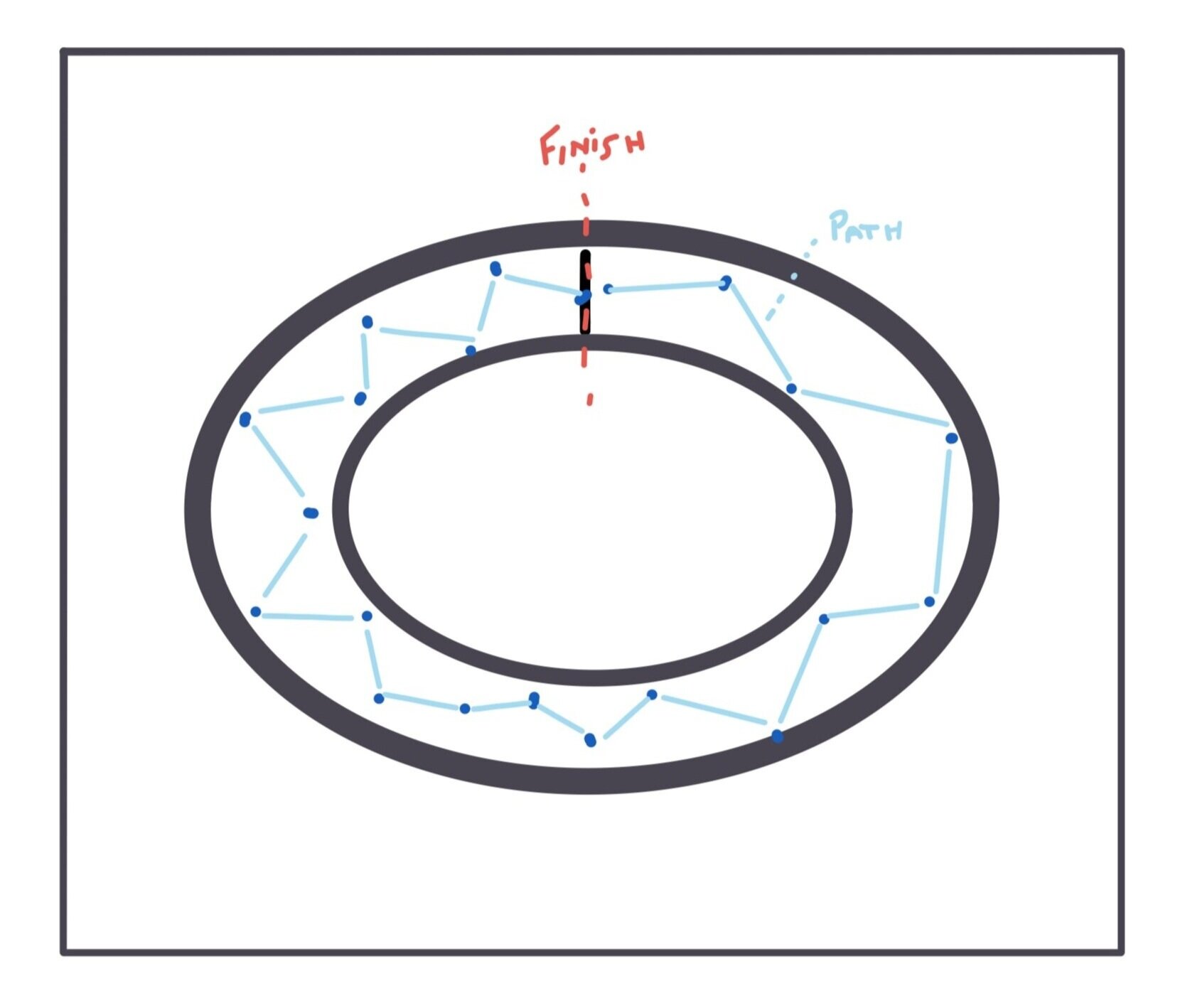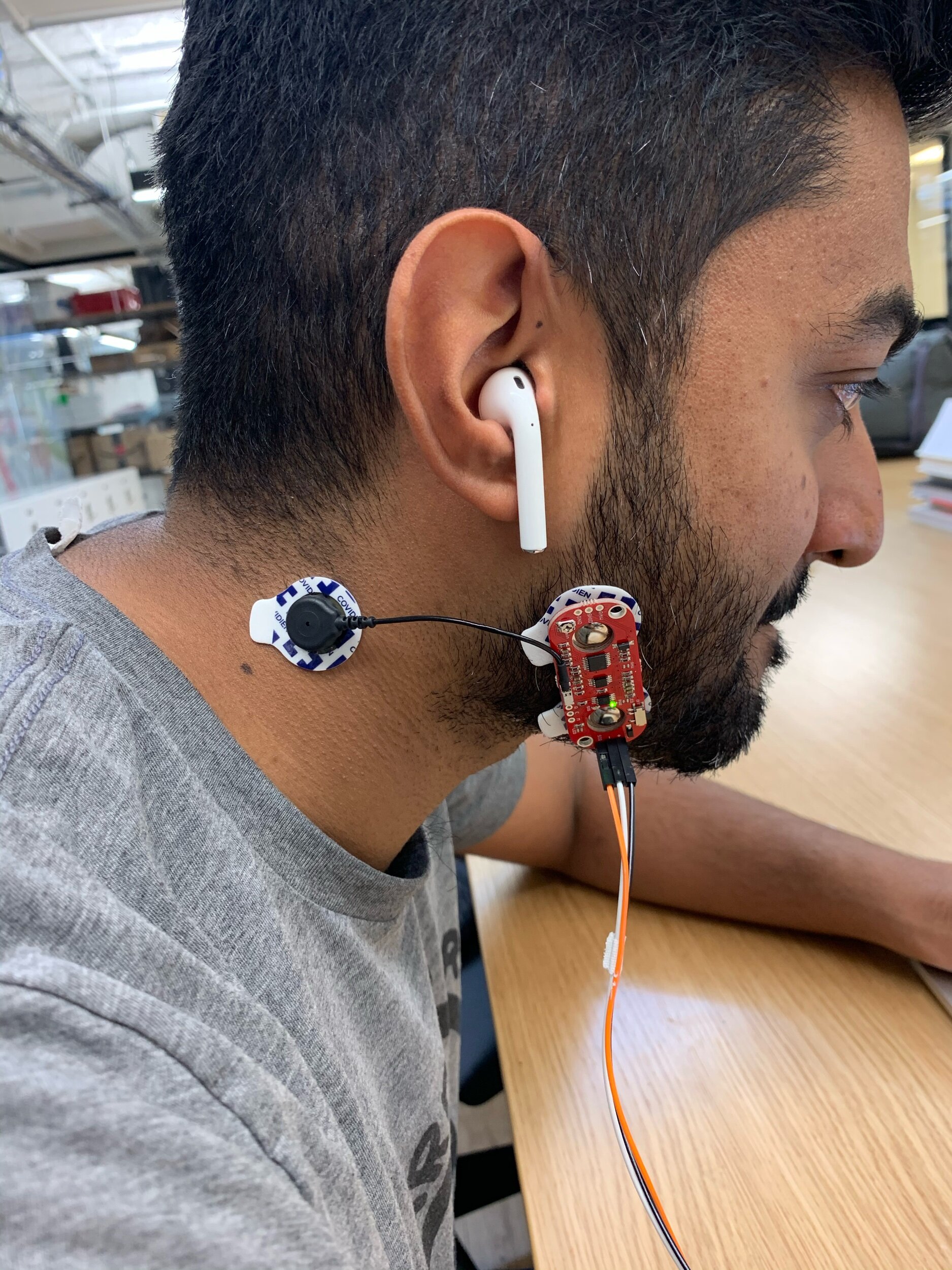Reflection
This week I had some thoughts that might lead me down a path to a clearer thesis topic. I was interviewed by a group of Penn Integrated Product Design grad students about my Biodesign Competition project. At one point, they asked me if I considered myself a biodesigner, and I hesitated, and ultimately said no. Why? I’ll come back to that later.
I studied decision processes and public policy in undergrad. When I graduated in 2010, there were very few jobs called “UX Designer.” In fact, my concentration, Decision Processes, could have easily been renamed “Behavioral Economics,” but that field was also still in its infancy in popular understanding. Yet even as students, we could see how the emerging theories we studied were already shaping software design and policy. “Nudges” were being implemented to set default behaviors when signing up for, say, savings accounts -- something informed by behavioral research. Particular colors were being used to incentivize or disincentive actions. It was increasingly clear that what we were studying was being implemented in practice, both in software and within public policy, and that the field of design was expanding beyond fashion, furniture, hardware, and graphics to include more interdisciplinary philosophies and applications.
Now in 2020, we’ve seen both the bright and dark sides of the influence of behavioral research on product design and policy, and we have an entire industry built around incorporating our academic understanding of behavior into the process of design. “UX Design” is a common job title that has subfields (i.e. “UX research”) and is even a field of study itself now. If I were a Decision Processes student today, I would have a set of obvious jobs to consider upon graduating.
We’re currently at a similar inflection point, I believe, in the field of “biodesign.” There is an emerging set of beliefs, tools, and practices that are loosely tied together with the term “biodesign,” but with a very fluid definition of what it might mean, and few job opportunities explicitly penned.
A Fast Company article from 2017 says that biodesign is “a growing movement (literally) of scientists, artists, and designers that integrates organic processes and materials into the creation of our buildings, our products, and even our clothing.” In perhaps the definitive text on the current state of Biodesign, William Myers says that “unlike biomimicry or the popular but vague "green design," biodesign refers to the incorporation of living organisms as essential components in design, enhancing the function of the finished work.” These definitions leave a lot of room for further clarification, and might beg more questions than they answer.
One question that follows immediately: are there “biodesigner” jobs? What does LinkedIn look like when searching “biodesigner?” How does that compare with “UX designer?”
In the “Biodesign” search, there are only a few results with “biodesigner” in the job title, and few companies that are oriented around “biodesign.” UX, on the other hand, has an entirely different page layout given how popular both the title and the field is.
In addition to how biodesign might look on LinkedIn, another few questions might be:
“What philosophies or frameworks might guide a biodesign practice?”
“What is the equivalent of “Human Centered Design” for biodesign… or are they actually compatible, and biodesign is a discipline, in a different part of the design ecosystem from a framework like HCD?”
“What would distinguish biodesign from, say, industrial design?”
All of these circle around the bigger question of defining what biodesign is today, where it might go in the future, both pragmatically in the form of jobs, companies, and labels, but also in the form of philosophies that shape how we approach thinking about designing the world around us and around the other life forms we live with.
When I was asked whether I was a biodesigner, I said “no” because I felt the word was too vague; that it could be too easily misconstrued, or misunderstood. I said I might be more comfortable with bio-artist; perhaps because “artist” itself is such a broad, open-ended label at this point, that it could subsume the prefix “bio” without batting an eyelid…
As I reflected about my thought processes and my design processes, however, I noticed that I did have a pattern that might not fit under an “established” design school of thought. I begin my design process with a process of decomposition; of breaking the whole of an entity (a problem, a feeling, a material…) into its constituent parts. I often think about how those parts can be transformed, recombined, recycled into new wholes. I realized that my thought process is informed both by the computer science-y idea of “decomposition” and the biological idea of “decomposition” -- and that with some further thought, I may be able to articulate a philosophy and set of tools for using this sort of decompositional framework for designing -- ideating, prototyping, problem solving.
So, in a nutshell, I may focus my thesis on elaborating on the definition(s) of biodesign, of placing it within the world of existing design school of thought, and then establishing a sub-framework of biodesign of my own, which right now would loosely be described at “Decomposition Design.”
What might this look like:
Research “paper”
Does not need to be entirely written -- could include multimedia, especially video and animation
Does not need to be a linear experience for the “reader”
There are many questions to answer, and many paths that might follow from the broader question of defining biodesign
Should include interviews with people across the biodesign world, broader design world, and lay people who might not currently know what biodesign is/might become
A series of experiments
objects as examples of the schools of thought within biodesign
Especially important to do this if I decide to develop/articulate my own design paradigm
Schools of thought
Resilience design
Multi-species-centered design
Biomimicry
Decomposition design (my framework)










